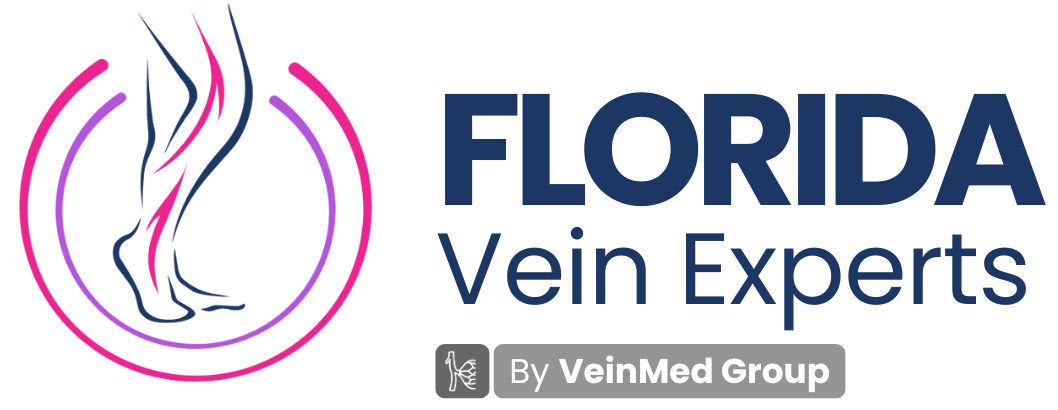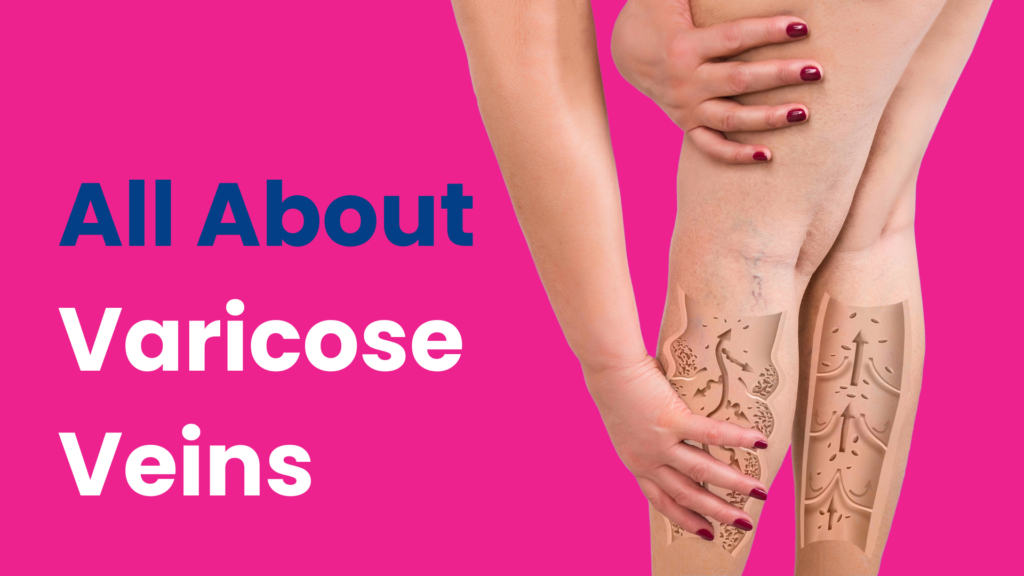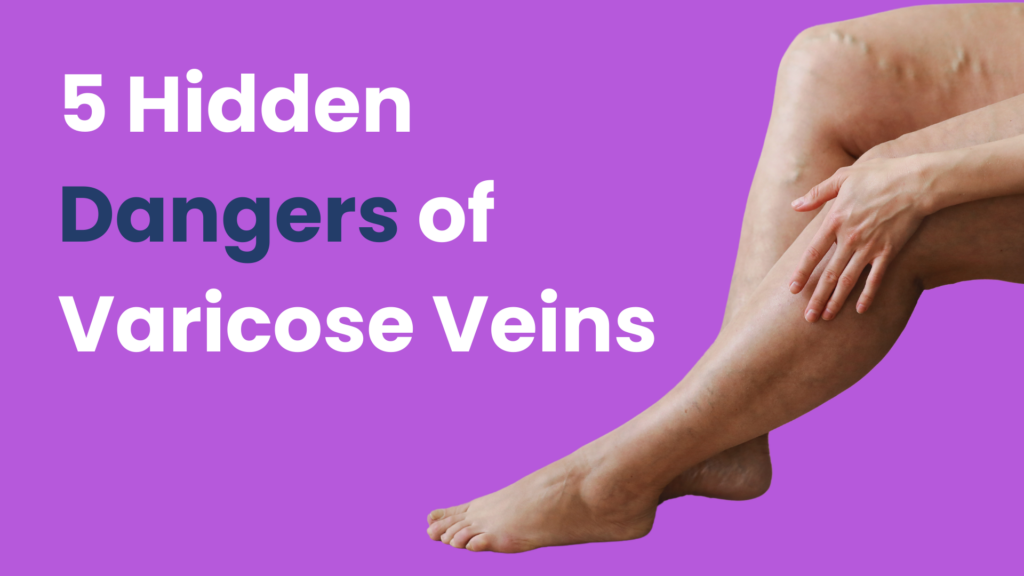Fort Myers
Vein Specialist
Overcome leg pain & embarrassment with the latest technology and minimally invasive procedures.
- 2,500+ Happy Patients
- 10,000+ Successful Treatments
- 3 Convenient Locations
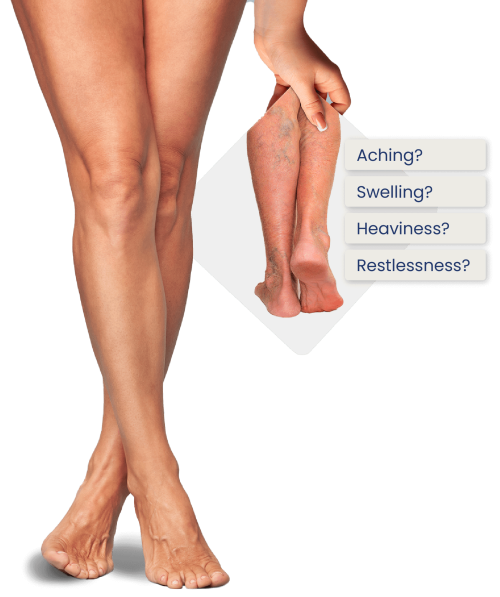
There’s no reason you need to live with
aching, tired, or swollen legs with visible veins.
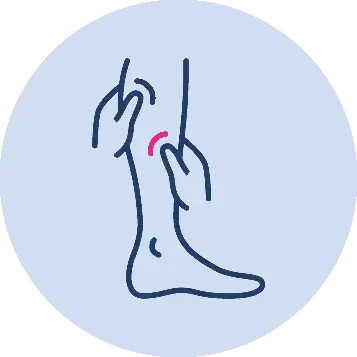
Leg Pain / Aching / Cramping
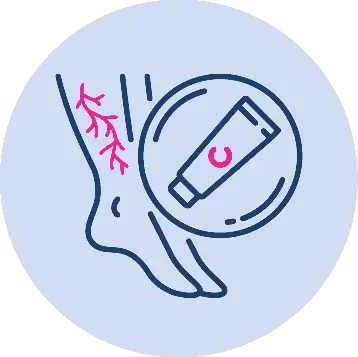
Skin Changes / Discoloration
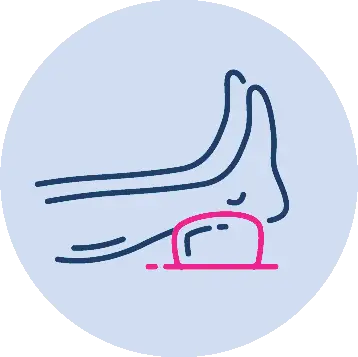
Leg or Ankle Swelling
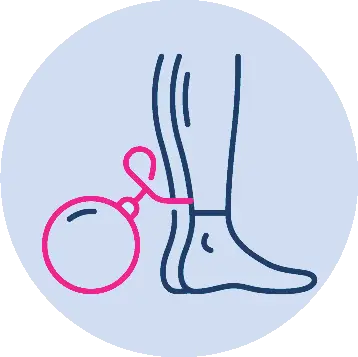
Leg Heaviness & Fatigue
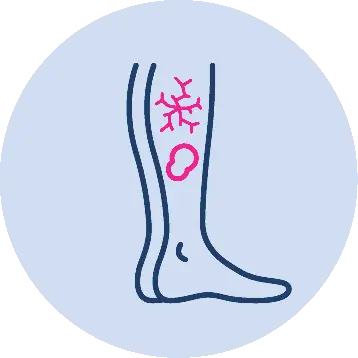
Ulcers / Sores / Open Wounds
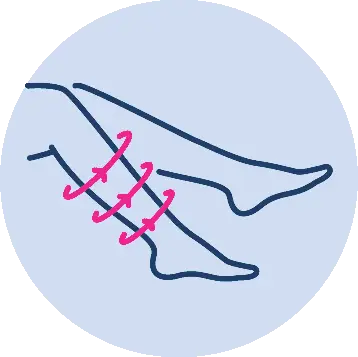
Restlessness in
the Legs
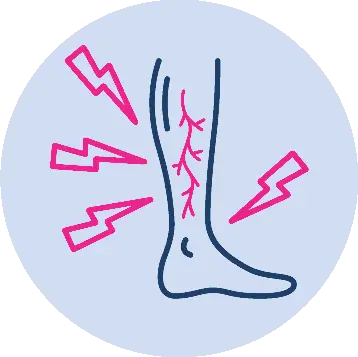
Tingling or
Burning in Leg
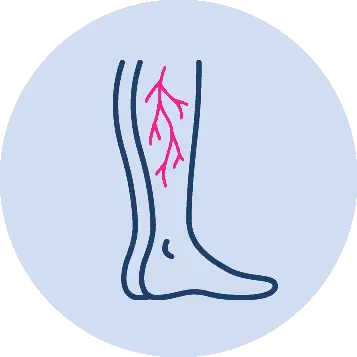
Varicose and
Spider Veins
Get relief today.
Why Choose Florida Vein Experts?
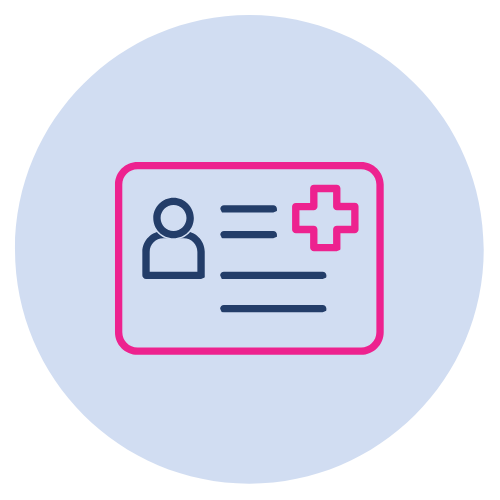
Insurance
We accept most major insurance and many others. Please give us a call if you have any questions.
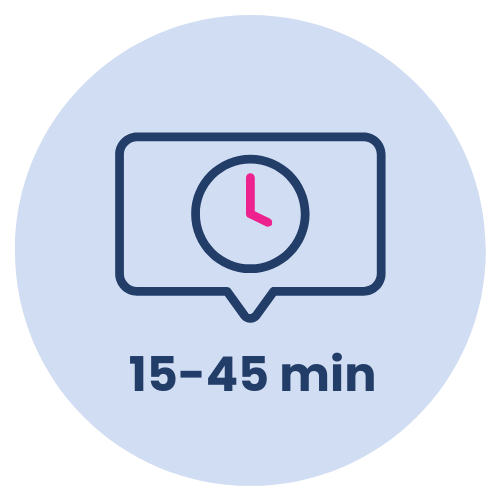
Fast Treatment
Your varicose-vein-free journey can start with treatments that only take 15-45 minutes.
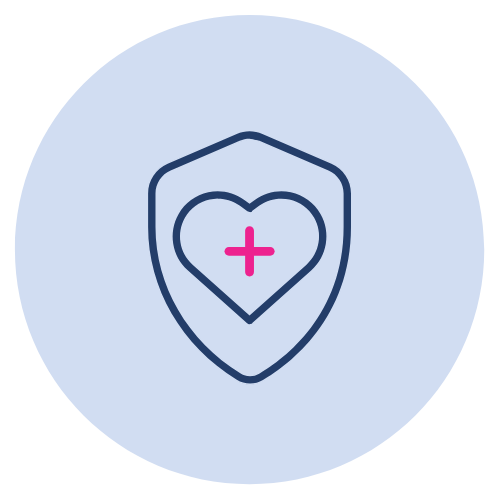
Pain-Free
Equipped with the latest cutting-edge vein treatments that are minimally invasive and pain free!
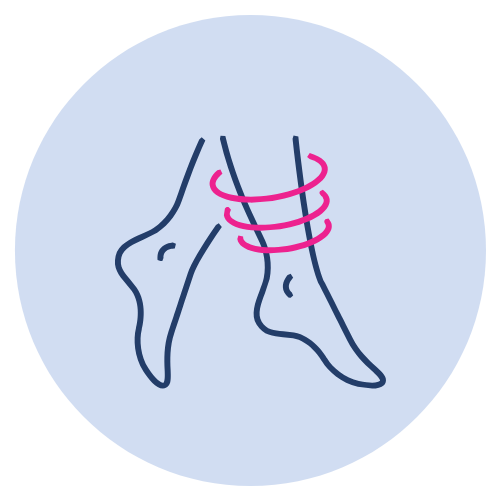
Fast Recovery
Most of our patients return to their normal day-to-day activities post-venous treatments!
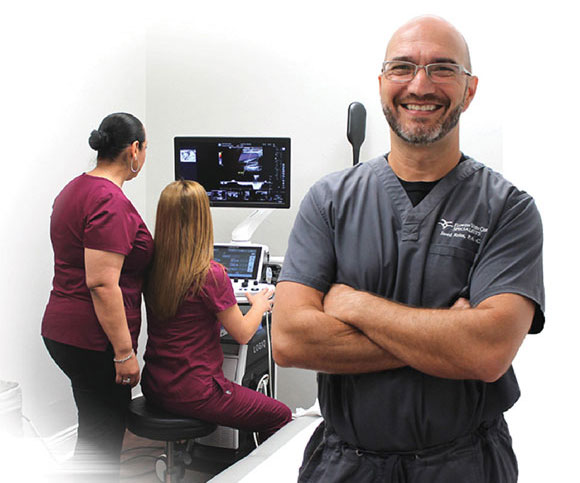
Trust the care of your veins to the
Best Vein Doctors in Fort Myers

Dr. Joseph Iraci
Vein Specialist
View Bio
Dr. Iraci brings over 40 years of surgical excellence to every patient. As founder of Surgical Associates of New York, he’s led major clinical teams and performed thousands of procedures, including advanced vein treatments like RFA and EVLT. Board-certified and licensed across multiple states, Dr. Iraci combines deep experience with a steady hand and a passion for patient-first care
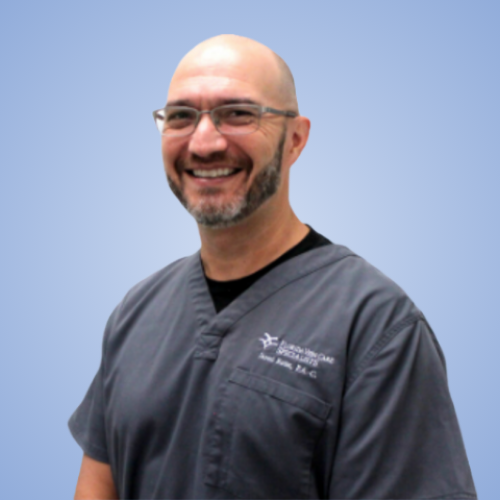
Jared Reiss
PA-C
View Bio
Jared Reiss began his career as a nationally certified Physician Assistant in 1995. He graduated from Kettering College of Medical Arts, one of the original PA schools in the country. He has always been a procedural-based medical provider. Initially, orthopedics was the specialty he pursued after graduating from PA school. He was an athlete, so musculoskeletal medicine made perfect sense to him, and he created a reputation for excellence in this field.
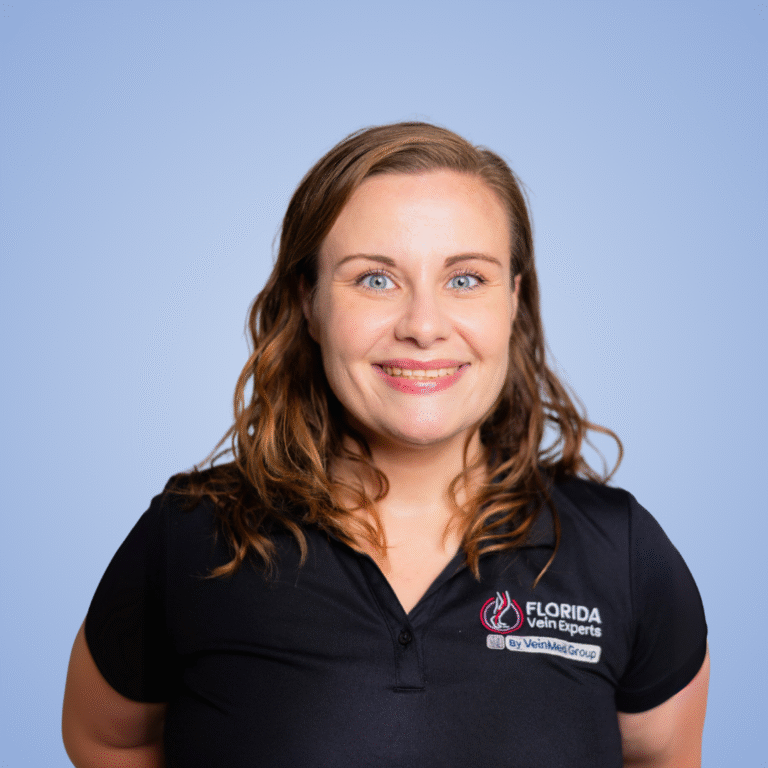
Allison DiNapoli
RVT
View Bio
Allison DiNapoli is a certified Ultra Technician at Florida Vein Experts, specializing in advanced vascular ultrasound imaging. With a compassionate approach and expert precision, she performs duplex scans, vein mapping, and reflux studies that guide personalized vein treatments. Working alongside Dr. Iraci and the clinical team, she helps ensure accurate diagnoses and smooth, comfortable patient experiences, from consultation to recovery.
Vein care you can trust
Top Rated Vein Clinic in Fort Myers
What truly sets him apart is his character. He’s incredibly transparent, explaining everything in a way that made me feel informed and at ease. He’s down-to-earth and relatable, yet maintains the highest level of professionalism throughout.
The fact that he made the effort to fit me in for treatment the same day as my consultation really speaks to how much he genuinely cares about his patients. That level of compassion and flexibility is so rare to find these days.
If you’re looking for a vein specialist who not only knows what he’s doing but also truly puts your needs first—this is the doctor you want
Jared is absolutely the BEST!!! I was very nervous about the spider vein treatment since my previous experience with another doctor a few years ago was very painful. He is extremely gentle and does not rush thru the procedure. He explains things in detail and make you feel comfortable. I can’t wait to see the result !!
Here’s what to expect
Vein Treatment Process

1. Consultation
Your first visit includes a consultation with one of our providers and their expertly trained team.

2. Ultrasound
After the consult, we move on to the assessment and provide an accurate diagnosis. You will get the same day ultrasound and results on site while you see the provider.

3. Treatment Plan
After we conclude our assessment, you will receive a custom treatment plan based on your needs and outcome goals.

4. Live an Active Life Again
Get back to doing the things you love most. Get back to being active and enjoy the way you feel.
Get relief today.
Find a vein clinic near you
Three Vein Centers near Fort Myers
Why you shouldn’t wait to get
Treatment for Varicose Veins
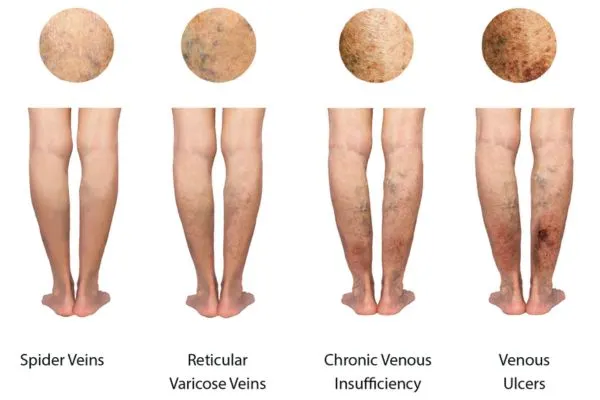
1. Symptoms Worsen Over Time
Vein disease is progressive, meaning its symptoms can become more severe over time and can result in serious issues.
2. Misdiagnosed
3. Easily Treated
The good news is that treatment is effective, often covered by insurance, and many patients see improvements in as little as a week.
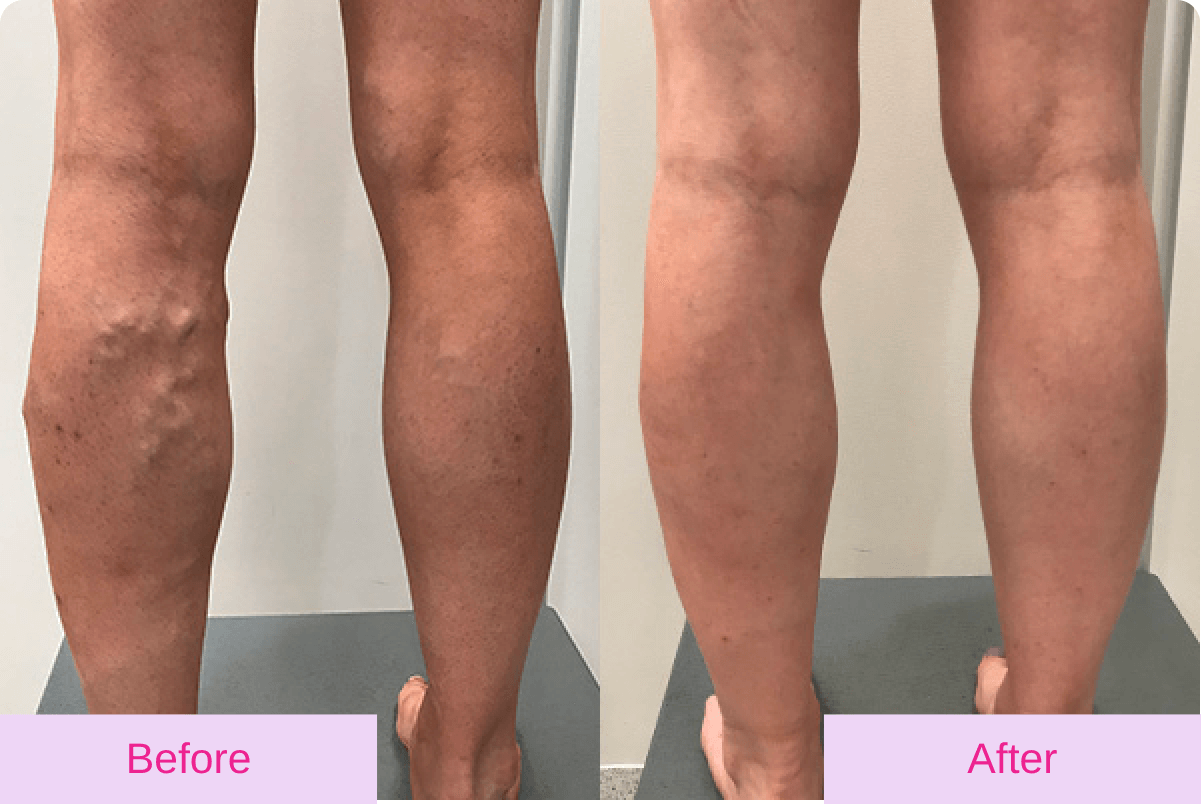
“Jared did an awesome job treating my legs. I stand all day at work and my legs used to get so heavy and tired; I could not stand by the end of the day. My legs feel significantly better after a few convenient treatments. He and his staff were very professional! I would recommend them to anyone!”
– Raul
Trusted by Thousands of Patients Across Fort Myers
With over 10,000+ successful treatments, you can trust you’re in good hands.
Is It Vein Disease?
Learn about vein disease risks and treatments
Vein Disease Videos
What is Vein Disease?
Dangers of Varicose Veins
How We Treat Vein Disease
Answers for common vein questions
Frequently Asked Questions
In your leg, you have two sets of veins. They are called deep veins and superficial veins.
Deep veins are in the deeper part of the leg where the muscles are, and superficial veins are right under the skin.
In a normal person, the blood would circulate from the feet towards the heart in both sets of veins.
When someone has a venous insufficiency the blood will actually go up the deep veins and then go backwards into the superficial vein.
The blood will start pooling in the superficial veins.
Since the superficial veins are closest to the skin, they will start to bulge and create varicose veins. They are often bluish or purple in color.
Spider Veins are essentially a smaller version of varicose veins. They are red, purple, and blue vessels that are also twisted and turning. They are most often seen on the legs, chest, or face.
No. Varicose veins can occur deeper in the leg, where one can’t see them. Varicose veins are classified under the spectrum of venous insufficiency disease.
Venous insufficiency disease causes leg discomfort, swelling of the ankles and leg, itching, and weariness. Other signs and symptoms may be prickling, cramping, aching, and heaviness of the lower limbs after prolonged standing.
Keep an eye out for these symptoms besides simply visible veins.
In short, no. Exercise and compression stockings may help reduce some of the symptoms of varicose veins, but usually only medical treatment can effectively get rid of a varicose vein.
Progression of varicose veins can be dangerous as they may later become venous ulcerations. When left without treatment, complications may ensure including rashes, infections, bleeding, sores, and blood clots.
In rare cases, varicose veins can cause deep vein thrombosis (DVT) and pulmonary embolism which is life-threatening.
Most major insurance and many others… Please give us a call.
1) Consult – We first start you with a consultation where you will be listened to and encounter a friendly staff that will make sure you get the best care. That care will come from our expertly trained team, and will include a provider and an ultrasonographer on the first visit.
2) Ultra Sound – After the consult, we move on to the assessment where we provide you an accurate diagnosis. You will get the same day ultrasound and results on site while you see the provider. This will get you back to life as swiftly as possible.
3) Treatment Plan – After we conclude our assessment, we will provide you with a treatment plan.
There are many different options such as ClosurefastTM radiofrequency, VenasealTM , sclerotherapy, pneumatic compression, and more. We will ensure that you get the perfect customized treatment based on your needs and outcome goals.
Learn more by visiting “Our Process” page or by clicking here.
It is normal to have some minor discomfort during the procedure. We will do everything that we can to make this as relaxing and comfortable of an experience as possible.
After the procedure, patients may experience minor bruising or discomfort in the area of the treated vein, that normally resolves in 3-4 weeks.
Overall, patients report via minimal pain / discomfort and are able to go back to doing the things they love.
Patients usually return to work and activities the very same day.
Very little downtime is needed for our treatments.
